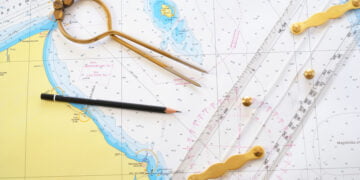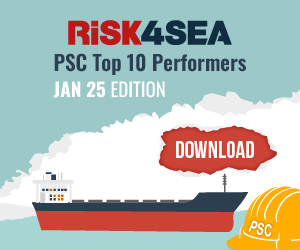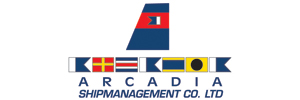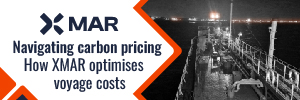Chemship BV has revealed the first sails installed onboard a chemical tanker, made by Econowind, to reduce the vessel’s emissions.
According to the company, on Friday 16th February, a crowd of 180 stakeholders gathered to witness the sails being installed onboard the chemical tanker, MT Chemical Challenger. The company also noted that the sails are the most visible part of the solutions that they have embraced to create a better CO2 footprint.
For instance, as stated in their website, Chemship has also invested in hull coatings and boss cap fins, popular energy saving technologies, to reduce their vessels’ emissions.
The inauguration of the sails will earmark a milestone in the 55 years of history of Chemship and will place us at pole position of innovation in the chemical shipping industry.
… said the company in a LinkedIn post
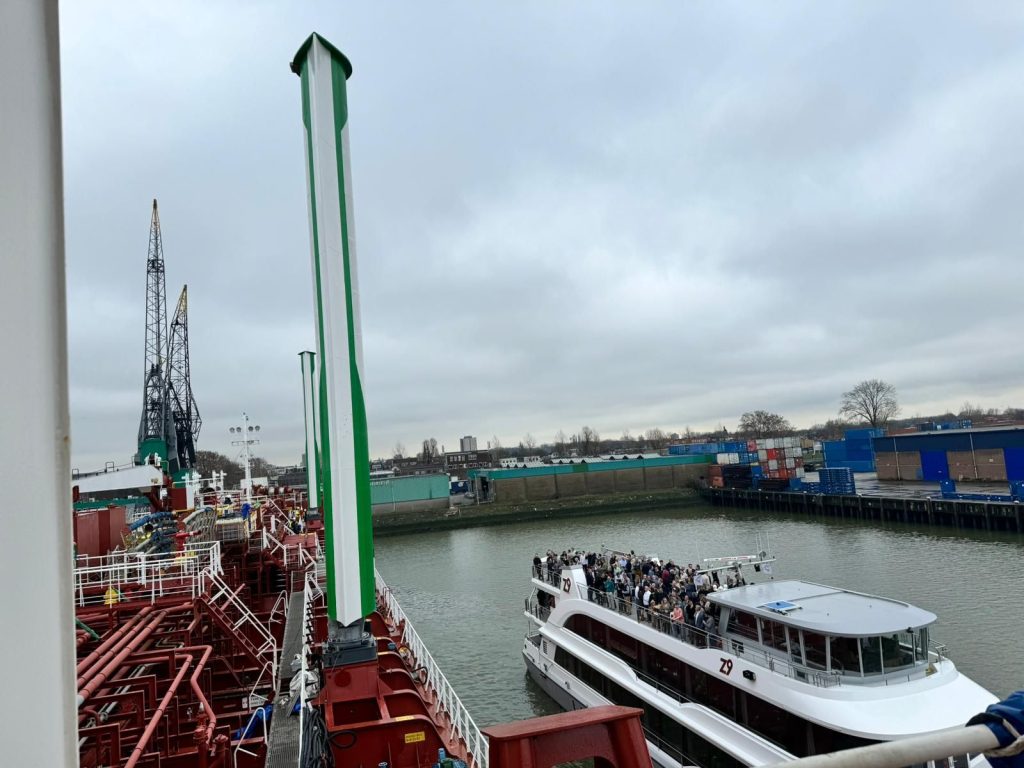
What is a Ventofoil?
The VentoFoil sail is a wing shaped element using modern innovations in aerodynamics creating high propelling force relative to its size. Smart suction is integrated in the wing, resulting in double the force of the VentoFoil while reefing when needed.
The MT Chemical Challenger is said to be the first chemical tanker in the world to be equipped with sustainable wind technology. The ship will serve on shipping company Chemship’s Trans-Atlantic route between the East Coast of the United States and the Mediterranean.
Chemship has a relatively young fleet with an average ship age of seven years. With wind assisted ship propulsion, CEO Niels Grotz sees shipping returning to its roots: “As an avid sailor, I know the power of the wind. We will now harness this sustainable and free energy source on MT Chemical Challenger. Despite the fact that shipping already has the lowest carbon footprint of all transport modes, we can use wind to make our existing fleet even more sustainable. With the VentoFoils, we will use less fuel and thus reduce CO2 emissions. For this vessel, we anticipate an annual CO2 reduction of 850 tonnes. This is equivalent to the yearly CO2 emissions of over 500 passenger cars.”
Chemship’s tankers easily accommodate wind sails, says Operations Director Michiel Marelis: “Shipping evolves step by step. We needed a solution that wouldn’t disrupt operations. These lightweight sails install easily, take up little space, and don’t obstruct visibility. With the push of a button, they deploy or fold—automatically retracting in strong winds for safety. If successful, we’ll equip more vessels with VentoFoils.”
Wind propulsion is part of Chemship’s broader sustainability efforts. “These turbo sails capture customers’ imagination and may inspire others,” says Marelis. “We also optimize lubricants and coatings, improving efficiency and reducing fuel use by over 15%, cutting CO2 emissions.”
Wind propulsion
Apart from the sails, there are currently many technologies that harness wind onboard. As Gavin Allwright, Secretary General, International Windship Association (IWSA) at the 2023 GREEN4SEA Athens Forum, the seven wind- propulsion technologies groups fall into the following categories:
- Kites
- Rotors
- Hard sails
- Soft sails & Dynarigs
- Suction wings
- Turbines
- Hull form
To remind, during DNV’s Maritime Energy Transition Summit 2024, Knut Ørbeck-Nilssen, CEO, DNV Maritime, pointed out that wind propulsion is a promising route, taking shipping back to its ancient roots.
Who would have thought that after all these years of technological advancements we would be sailing again!
… he said































